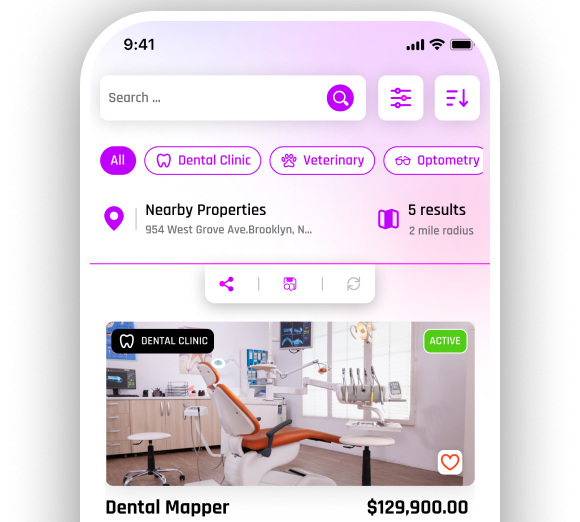The Benefits of Mergers and Acquisitions in the Healthcare Industry

The healthcare industry is rapidly transforming, driven by technological advancements, regulatory changes, and shifting patient expectations. One of the most significant trends shaping this sector is the rise in mergers and acquisitions (M&A). These strategic moves are reshaping the landscape and offering healthcare professionals, investors, and industry analysts numerous benefits. In this blog, we'll explore the myriad advantages of mergers and acquisitions in the healthcare industry, shedding light on how they enhance efficiency, foster innovation, and improve patient care.
Introduction to Mergers and Acquisitions in Healthcare
Consolidating businesses or assets through various financial transactions is the essence of mergers and acquisitions. M&A in the healthcare industry can take many forms, such as combining smaller practices into more extensive healthcare networks, purchasing pharmaceutical companies, and merging hospitals. These actions are primarily driven by various goals, including improving service offerings, reaching a broader market, cutting costs and optimizing resources.
Benefits of healthcare mergers and acquisitions
Enhanced Efficiency and Cost Savings
One of the strongest arguments for mergers and acquisitions in the healthcare industry is the possibility of increased efficiency and cost savings. By pooling their resources, healthcare companies can reduce duplication, expedite processes, and bargain for better supplier terms. This lowers operating expenses and frees up money that healthcare providers can use for patient care and technology improvements.
Access to Advanced Technology and Expertise
Through mergers and acquisitions, healthcare firms can now acquire cutting-edge technology and specialized knowledge that might not have been available to them in the past. This may result in significant gains in patient care and results. For example, a larger healthcare network may acquire a smaller hospital, giving it access to state-of-the-art medical equipment and research resources.
Expanded Market Reach and Patient Base
Through mergers and acquisitions, healthcare companies can increase their patient base and market reach. Regional clinics and hospitals hoping to expand will especially benefit from this. By partnering with bigger organizations, they can expand into new markets, draw in more patients, and provide a wider range of services.
Improved Negotiating Power
In the healthcare sector, consolidation frequently leads to increased negotiation strength with suppliers, insurers, and other parties involved. Bigger healthcare companies can use their size to negotiate better contract terms, lower costs, and higher reimbursement rates. This may result in decreased patient expenses and increased revenue for the company.
Strengthened Financial Stability
Mergers and acquisitions can bolster healthcare organizations' financial stability. By pooling resources and diversifying revenue streams, these entities can better withstand economic fluctuations and industry challenges. This financial resilience is crucial for maintaining high standards of care and investing in future growth.
Innovation and Research Opportunities
The consolidation of healthcare entities often leads to increased innovation and research opportunities. By combining their intellectual capital and resources, organizations can push the boundaries of medical science and develop groundbreaking treatments. Collaborative research initiatives can also attract funding and grants, further fueling innovation.
Challenges and Considerations
Regulatory Hurdles
Antitrust laws and regulations are very strict and govern M&A in the healthcare industry. They exist to maintain fair competition and stop monopolistic practices. Planning and legal knowledge are essential for overcoming these regulatory obstacles.
Cultural Integration
Any merger or acquisition must be effective for corporate cultures to be successfully integrated. Disparities in employee expectations, management styles, and corporate principles can provide serious difficulties. Reaching cultural alignment requires employing change management techniques and effective communication techniques.
Patient Care Continuity
It is crucial to keep patient care flowing during the transitional period after a merger or acquisition. Modifications to treatment procedures, service interruptions, and provider changes may impact patient outcomes and satisfaction. Throughout the integration process, healthcare companies must give patient care top priority.
Get the application – PracticeFinder to understand the role of healthcare mergers and acquisitions
If you are new to the industry or have been familiar with it for a long time, our application can help you find ideal mergers. Download the application now through the following link: https://apps.apple.com/us/app/practicefinder.

